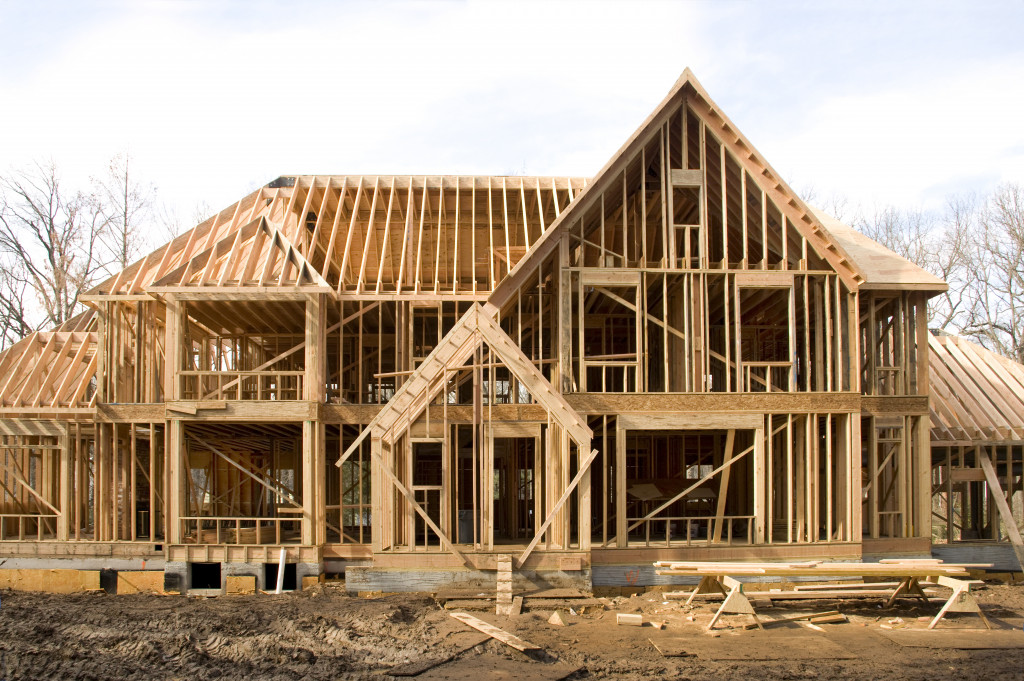Sustainability is the new buzzword, and it has permeated all forms of modern industry. This change is fueled by the desire to alleviate the rapidly damaging effects of climate change, and all forms of industry are beginning to take note. After all, with the whole world affiliated, each individual and company must do their part.
In the context of construction, many companies have begun applying sustainable construction practices. From sustainable building materials to using eco-friendly energy sources, the adaptation of sustainable technology is fast improving. Many are heralding sustainable construction as the future of building industries, but let’s dive deeper into that.
What Is Sustainable Construction?
By its name, sustainable construction means practicing an environmentally friendly way of building or constructing houses or other establishments. Its goal is to reduce the impact on the environment using green materials and efficient methods of construction in energy efficiency and material efficiency.
Sustainable construction is fast becoming one of the most preferred methods, with experts foreseeing that it will become a $100 billion industry by 2023. Its benefits aren’t just within the realm of environmental awareness. They’re also in efficiency and affordability, making it preferable to conventional construction methods. Below are some of the explanations for why it’s becoming the preferred option.
Reduction of Expenses
A common struggle in the construction industry is where to source the materials needed for building. The industry is constantly looking for ways to make material-gathering efficient and the actual materials cheap but durable. This is where sustainable building and construction shine more. Eco-friendly projects can cost significantly less because fewer depletable (therefore expensive) resources are used to complete the project.
In addition, it has a great return on investment as it pays itself off rather quickly. Materials like eco-friendly thermal insulation, reclaimed wood, and even recycled metal are all easily sourced materials for a fraction of the cost. By their nature, they’re completely durable and usable, too, making them a better option for materials.
Waste Management and Reduction

What happens when old houses are demolished to make way for new ones? Often, the building materials are thrown to waste. The sad part is, many of the materials are still perfectly usable.
While some of these construction materials like granite, marble, and concrete involve rather unsustainable production processes, that doesn’t mean they should be left altogether. These materials are reusable and recyclable. Due to their durable nature, they can be utilized more than once after construction.
Granite and marble can be reworked into a stone countertop, doorstep, and other parts of the house. A large percentage of sustainable construction involves re-using already made products. By cleverly utilizing them, they can be utilized to reduce waste instead of letting them be unused and become construction leftovers.
Research and Development Abundance
The current technology for sustainable construction is far from complete, but it will only improve over time. As research and development continue, many outdated construction methods will be dropped in favor of more efficient and sustainable ways.
Every year, researchers find more ways to reuse or recycle what can be considered waste or trash. This emphasis on reduction and reuse instead of focusing on the manufacturing of green materials makes for a clever strategy to use what already is here. In the near future, we can expect that many of our leftovers will be put back into good use.
Health Conscious Design
In manufacturing and construction, it’s important to consider the health and safety of both the customers and the workers. Sustainability in construction means minimizing health risks from the plant all the way to the client’s end during construction and even after. This is because sustainable building materials do not emit a lot of toxins like molds or carcinogens.
While conventional building materials have gone for and have progressed far enough from the times asbestos was used, there’s still a long way to go. In comparison, because sustainable materials like recycled plastic, reclaimed wood, reused steel, and many others have long been chemically treated, they’re not dangerous, especially when compared to non-sustainable options.
Insulation materials made from plant-based chemicals like polyurethane rigid foam (comprised of kelp, bamboo, and hemp) are not just sustainable but also non-toxic instead of traditional insulation material. The sustainability isn’t just for the ones living in that property, but also factors in the dangers of actually applying them- reducing construction workers’ exposure to dangerous materials.
There’s still a lot of work that needs to be done. But the construction industry and individuals looking for green options now have the choice. Hopefully, the mass adaptation of sustainable practice soon follows.

